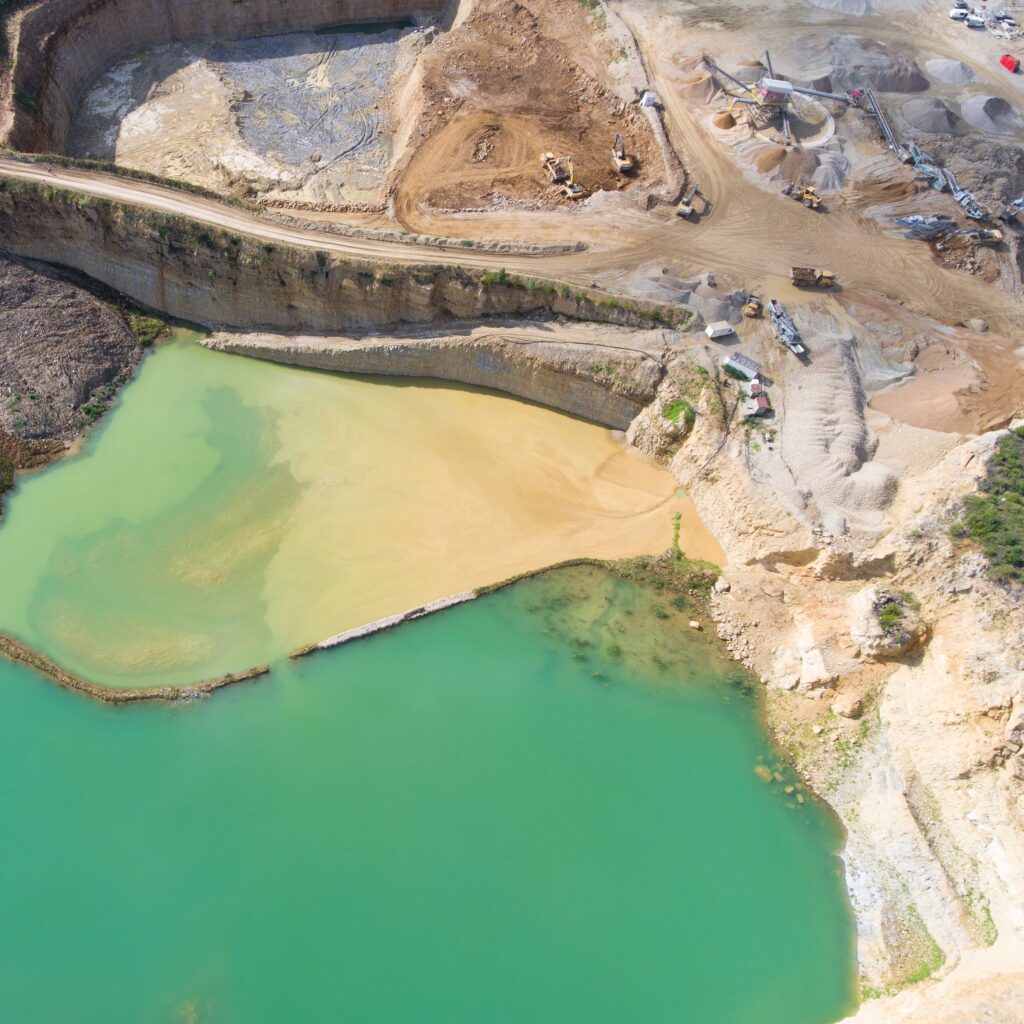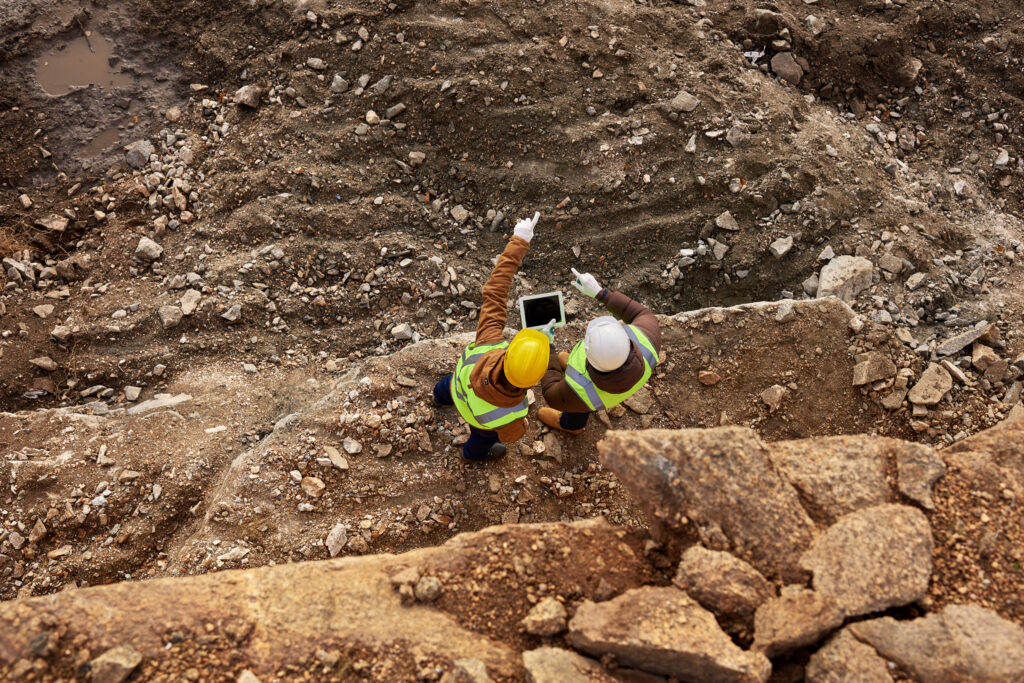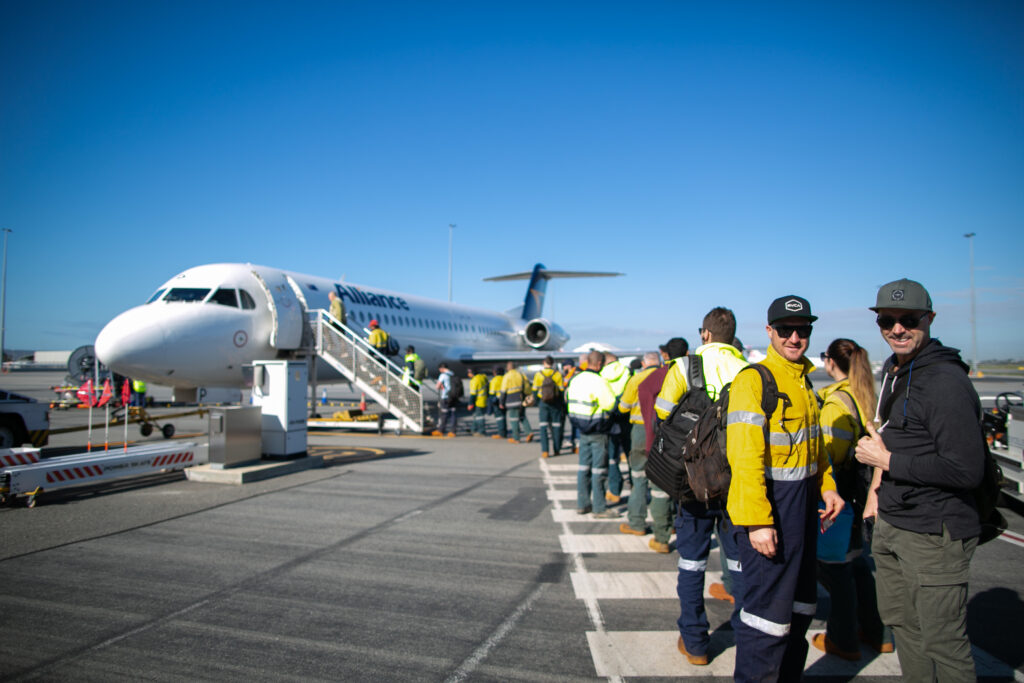The once-in-a-century floods in WA’s East Kimberley have highlighted the dilemmas mining companies face when dealing with natural disasters — and the role technology can play to ensure workers remain safe.
It took just a few days for a single devastating flood to wipe out critical infrastructure in Western Australia’s Kimberley region, but the recovery is expected to take months or even years.
The widespread destruction wrought by former tropical Cyclone Ellie, described as the state’s worst floods on record, caused extensive damage to the region’s freight and supply networks.
Roads and bridges were damaged, including the Fitzroy River bridge, the only link between Broome, the Northern Territory, and the Kimberley, while homes were evacuated as the town of Fitzroy Crossing experienced record water levels.
It was a historic weather event that placed serious pressure on resources companies operating in the State’s far north, as miners faced a massive logistical challenge to ensure all employees were safe and accounted for.
And it has underscored the importance of being able to track the movements of thousands of remote workers at short notice over vast distances.
INX Head of Sales and Account Management, Rebecca MacPherson said many businesses with very large remote workforces used technology as a key operational tool to keep remote workforce personnel safe, but it often wasn’t until complications struck that they realised the value of logistical software.
Having a single source of truth for workforce logistics enabled companies to see the locations of employees and contractors across multiple sites, making it possible to plan their mobilisation or evacuation more easily.
“It’s like an identification system that will allow organisations to know where their personnel are, and then it assists with the planning around what you do with those people,” she said.
“Is it getting them off-site, potentially prior to the event occurring, or do you have to evacuate them while the event is occurring?
“Unlike working from a spreadsheet which might be static, you can see exactly who is where and maximise the options for their movement.”
Fire, floods and cyclones have always been risks for remote operations, but the growing number of extreme weather events meant companies needed to be able to act faster and be more responsive to events.
In the case of Cyclone Ellie, the weather system continued to dump rain over northern Australia long after it might have been expected to have moved on.
“You might be able to plan for these events on paper but when something happens that is unexpected or if you need to act immediately, you need information that is up to date and a complete picture of events,” Ms MacPherson said.
“Behind the scenes you need people who can be working away to manage the crisis, reducing the risk to your people.”
The INX InFlight system, used by a large proportion of WA resources companies, can help streamline the process, by collating records, personnel roles, rosters and flights and accommodations within one platform.
When an issue arises, it can provide the single source of truth needed for operational decision makers to act.
“Depending on the site and the event, a number of activities need to occur,” Ms MacPherson said.
“If it is a cyclone, certain roles need to be on site to tie down activities, to manage the camp and other areas of the site, so identifying those key personnel is quite important.
“But it’s not just personnel you need to manage — you also need to maximise your use of transport so you can get the greatest number of people to safety in the least amount of time.
“In a disaster or an extreme weather event, understanding where each vehicle or charter plane is and who is in each is extremely useful.”
As an example, during a COVID outbreak at a mine in Africa, INX InFlight was used to streamline the demobilisation of more than 3,000 resources company employees at short notice.
“There’s a lot that goes on in the background regarding planning and mitigation of these events,” says Ms MacPherson.
“Pre-planning is a big part, but you need the technology and the tools to put the plan in action.”
The complex coordination role also extends to booking manifests, allowing for flights to be cancelled quickly via a centralised system. Employees can be contacted via SMS or email, keeping them abreast of changes on the ground.
“If we need five flights to go out on a particular day for an emergency, we can quickly put a message out to all the people on that flight.”
“You take back control of what can otherwise be a dangerous, evolving and stressful situation. There’s nothing more important than protecting your people.”














